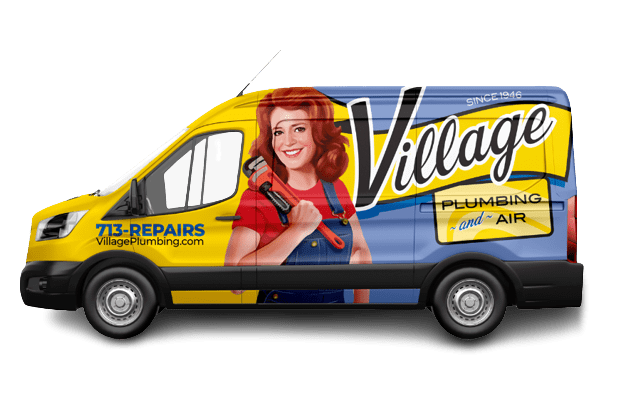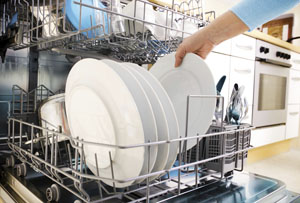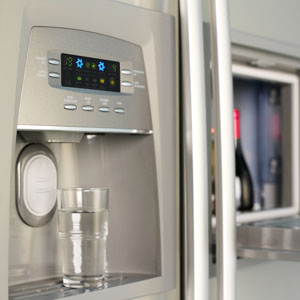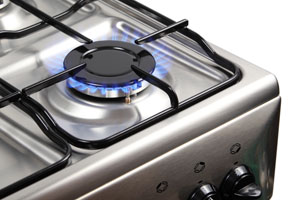Houston AC Repair & Service Company
Saving Energy Makes Sense
With energy costs continuing to increase at a rapid pace, it makes sense to find ways to reduced energy use. Home appliances are a great place to start.
Replacing old, inefficient appliances with Energy Star rated appliances is easy and will save you money. The Energy Guide label will tell you how much power is needed per year to run that appliance. Here are a few more energy saving tips:Saving Energy Makes Sense
With energy costs continuing to increase at a rapid pace, it makes sense to find ways to reduced energy use. Home appliances are a great place to start.
Replacing old, inefficient appliances with Energy Star rated appliances is easy and will save you money. The Energy Guide label will tell you how much power is needed per year to run that appliance. Here are a few more energy saving tips:

Fill the form below and we’ll contact you in no time.
"*" indicates required fields


Dishwashers
Check the manual that came with your dishwasher for the manufacturer's recommendations on water temperature; many have internal heating elements that allow you to set the water heater in your home to a lower temperature (120 °F). Scrape off large food pieces and bones. Soaking or pre-washing is generally only recommended in cases of burned or dried-on food.
Be sure your dishwasher is full (not overloaded) when you run it.
Avoid using the "rinse hold" on your machine for just a few soiled dishes. It uses 3-7 gallons of hot water each use.
Let your dishes air dry; if you don't have an automatic air-dry switch, turn off the control knob after the final rinse and prop the door open slightly so the dishes will dry faster.

Refrigerator-Freezer
Don't keep your refrigerator or freezer too cold. Recommended temperatures are 37°-40°F for the fresh food compartment and 5°F for the freezer section.
Check the refrigerator temperature by placing an appliance thermometer in a glass of water in the center of the refrigerator. Read it after 24 hours. Check the freezer temperature by placing a thermometer between frozen packages. Read it after 24 hours.
Make sure your refrigerator door seals are airtight. Test them by closing the door over a piece of paper or a dollar bill so it is half in and half out of the refrigerator. If you can pull the paper or bill out easily, the latch may need adjustment, the seal may need replacing, or you may consider buying a new unit.
Cover liquids and wrap foods stored in the refrigerator. Uncovered foods release moisture and make the compressor work harder.
Regularly defrost freezers and refrigerators; frost buildup decreases the energy efficiency of the unit.

Ovens-Ranges
Look for a natural gas oven or range with an automatic, electric ignition system, which saves gas since a pilot light is not burning continuously.
Look for blue flames in natural gas appliances; yellow flames indicate the gas is burning inefficiently and an adjustment may be needed. If you see yellow flames, contact Village Plumbing & Home Services and we'll send a qualified technician to fix the problem.
Keep range-top burners and reflectors clean; they will reflect the heat better, and you will save energy.
Match the size of the pan to the heating element.
Use small electric pans, toaster ovens, or convection ovens for small meals rather than your large stove or oven. A toaster or convection oven uses one-third to one-half as much energy as a full-sized oven.

Dishwashers
Check the manual that came with your dishwasher for the manufacturer's recommendations on water temperature; many have internal heating elements that allow you to set the water heater in your home to a lower temperature (120 °F). Scrape off large food pieces and bones. Soaking or pre-washing is generally only recommended in cases of burned or dried-on food.
Be sure your dishwasher is full (not overloaded) when you run it.
Avoid using the "rinse hold" on your machine for just a few soiled dishes. It uses 3-7 gallons of hot water each use.
Let your dishes air dry; if you don't have an automatic air-dry switch, turn off the control knob after the final rinse and prop the door open slightly so the dishes will dry faster.

Refrigerator-Freezer
Don't keep your refrigerator or freezer too cold. Recommended temperatures are 37°-40°F for the fresh food compartment and 5°F for the freezer section.
Check the refrigerator temperature by placing an appliance thermometer in a glass of water in the center of the refrigerator. Read it after 24 hours. Check the freezer temperature by placing a thermometer between frozen packages. Read it after 24 hours.
Make sure your refrigerator door seals are airtight. Test them by closing the door over a piece of paper or a dollar bill so it is half in and half out of the refrigerator. If you can pull the paper or bill out easily, the latch may need adjustment, the seal may need replacing, or you may consider buying a new unit.
Cover liquids and wrap foods stored in the refrigerator. Uncovered foods release moisture and make the compressor work harder.
Regularly defrost freezers and refrigerators; frost buildup decreases the energy efficiency of the unit.

Ovens-Ranges
Look for a natural gas oven or range with an automatic, electric ignition system, which saves gas since a pilot light is not burning continuously.
Look for blue flames in natural gas appliances; yellow flames indicate the gas is burning inefficiently and an adjustment may be needed. If you see yellow flames, contact Village Plumbing & Home Services and we'll send a qualified technician to fix the problem.
Keep range-top burners and reflectors clean; they will reflect the heat better, and you will save energy.
Match the size of the pan to the heating element.
Use small electric pans, toaster ovens, or convection ovens for small meals rather than your large stove or oven. A toaster or convection oven uses one-third to one-half as much energy as a full-sized oven.



